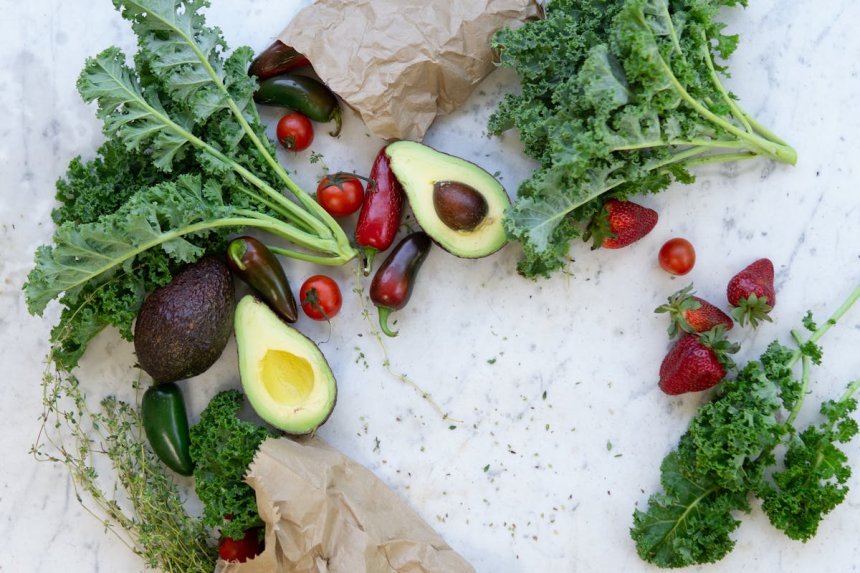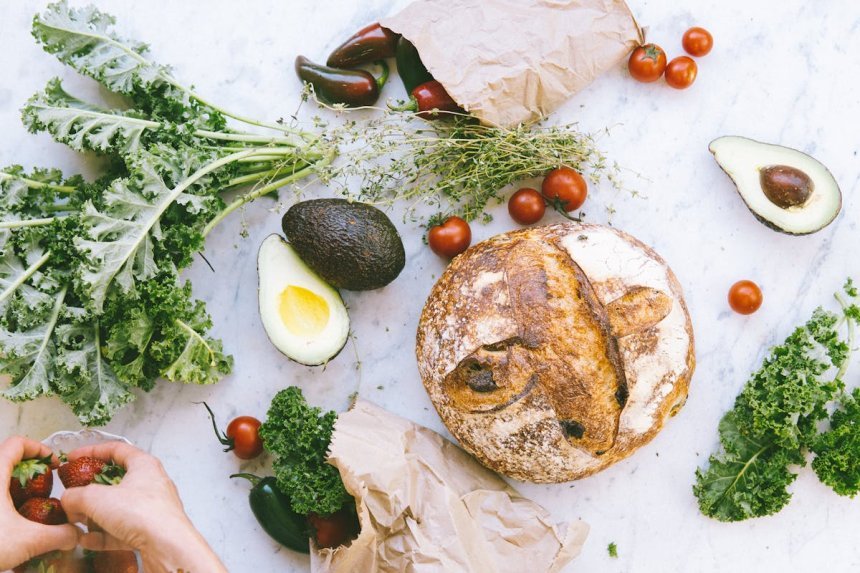Kale Is Overrated—These Forgotten Superfoods Are Quietly Taking Over in 2025
Here’s what you’ll get in this post. We’re diving into a list of once-loved, now-overlooked foods that are making a quiet but fierce comeback in nutrition circles. Some were kitchen staples in your grandma’s time.

Kale had its moment. Chia seeds? Been there. Avocados? Basic now.
The real superstars of 2025 aren’t new—they’re ancient, forgotten, and, frankly, way more powerful than half the “superfoods” trending on Instagram.
Here’s what you’ll get in this post. We’re diving into a list of once-loved, now-overlooked foods that are making a quiet but fierce comeback in nutrition circles. Some were kitchen staples in your grandma’s time. Others go way back—like, Aztec-warrior-meal back. But all of them? Backed by science, packed with nutrients, and ready to shake up your diet in the best way.
Why Modern “Superfoods” Might Be Holding You Back

Let’s cut the nonsense—just because it’s labeled “super” doesn’t mean it’s actually better for you.
The Buzzword Trap
Many foods we now call “superfoods” are just clever marketing. Yes, blueberries are great. But when you’re paying triple for goji berries that flew halfway across the world, are you really doing your body—or the planet—any favors?
Some of the best foods for your health have been sitting quietly in local markets, collecting dust because they’re not trendy enough for TikTok. Until now.
Superfoods That Time (Almost) Forgot
Here’s where it gets real. These foods aren’t new. They’re just finally getting the respect they deserve—again.
1. Amaranth – The Aztec Power Grain
Think quinoa is a game-changer? Meet its bolder, tougher cousin—amaranth.
Used by Aztecs and Incas, this grain is a complete protein (yep, all nine essential amino acids) and contains way more calcium, iron, and magnesium than most cereal grains.
Why it disappeared:
It was banned by Spanish colonizers who wanted to erase native cultures.
Why it's back:
Its high protein content is a favorite among plant-based athletes and gluten-free people. Additionally, it cooks similarly to couscous but has an unmistakable nutty, toasted flavor.
2. Seaweed – The Ocean’s Multivitamin
Let’s be honest—seaweed has always been here. But most of us only think of it as sushi wrapping. Big mistake.
Packed with iodine, zinc, omega-3s, and even rare antioxidants like fucoxanthin, seaweed might be the most sustainable superfood on the planet.
Try this:
Snack on dried nori, stir chopped wakame into soups, or even blend spirulina into your smoothie. (Brace yourself, it smells like pond—but it works.)
3. Black Garlic
Fermented over weeks at low heat, black garlic turns soft, sweet, and almost syrupy. Think balsamic vibes.
Nutrition perks:
Double the antioxidants. And it’s gentler on your stomach than raw garlic.
What failed me:
Tried it on toast once. Big mistake. But mix it into mashed potatoes or pasta sauce? Mind-blowing.
4. Moringa – The Tree That Could Save Lives
You’ve probably never eaten moringa leaves. Your loss.
This “miracle tree” grows fast, thrives in dry areas, and its leaves are packed with protein, vitamin C, iron, calcium, and antioxidants.
Real talk:
A handful of dried moringa powder has more vitamin C than oranges, more iron than spinach, and more potassium than bananas.
It’s like nature’s multivitamin—only green and grassy tasting (you’ve been warned).
5. Kañiwa – The Anti-Hype Grain
Never heard of kañiwa? Exactly. It’s quinoa’s forgotten little cousin—and secretly better.
Smaller, darker, and richer in antioxidants, kañiwa doesn’t require rinsing (quinoa’s bitter saponins, anyone?) and is perfect for grain bowls.
The kicker:
Farmers in the Andes have been eating it for centuries. Now, nutritionists are finally catching up.
Why We Forgot These Foods in the First Place
Blame it on colonization. Industrial agriculture. Food fads. And honestly? Our obsession with newness.
Western Diets Crushed Diversity
When Western countries started exporting wheat, corn, and rice as staples, traditional crops like millet, teff, amaranth, and moringa were pushed to the margins. Whole food systems were rewritten to suit mass production.
Social Media Made Things Worse
Let’s be real—no one’s going viral for eating fonio. But avocados on toast? Hashtag heaven. The problem? That kind of food fame often ignores local, more sustainable, and equally nutritious options.
Bringing These Superfoods Back Into Your Life (Without Going Broke)
You don’t need to raid an ancient marketplace to get started. These foods are coming back into grocery stores, bulk bins, and even meal kits.
Look for:
- Organic markets and co-ops for things like amaranth and kañiwa
- Asian supermarkets for black garlic and seaweed
- African and Indian stores for moringa and millet
- Online spice shops for dried powders and unique blends
Pro tip:
Start small. Add just one of these to your weekly meals. Sprinkle moringa in a smoothie. Use seaweed in a salad. Sub amaranth for oats. Let your gut adjust. Your body (and brain) will notice.
Not All “Comebacks” Are Worth It—Watch for Greenwashing
Here’s the uncomfortable part: once these foods go mainstream again, companies will slap “SUPERFOOD” on everything—even candy bars with 1% moringa.
Don’t fall for the hype. Always check labels. Whole foods > supplements.
Because let’s be honest—if it’s wrapped in plastic and has 17 ingredients, it’s probably not the health miracle you're hoping for.
Share
What's Your Reaction?
 Like
0
Like
0
 Dislike
0
Dislike
0
 Love
0
Love
0
 Funny
0
Funny
0
 Angry
0
Angry
0
 Sad
0
Sad
0
 Wow
0
Wow
0










